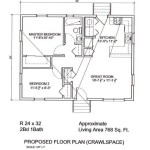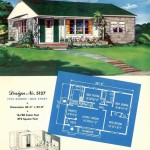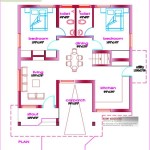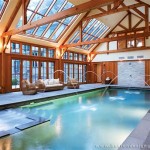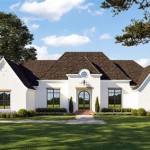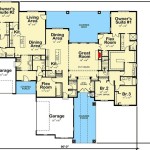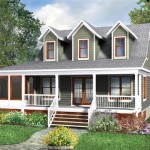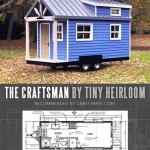A-Frame Cabin House Plans: A Guide to Design and Construction
A-frame cabins, with their distinctive triangular silhouette and rustic charm, have captured the imagination of homeowners and vacationers alike. These cozy and efficient structures offer a unique blend of style, functionality, and affordability. If you're considering building an A-frame cabin, understanding the various house plans available is crucial.
This comprehensive guide explores the different types of A-frame house plans, their design considerations, and construction methods. Whether you're an experienced builder or a first-time homeowner, this article provides valuable insights to help you create your dream A-frame cabin.
Types of A-Frame Cabin Plans
A-frame cabins come in a variety of shapes and sizes, with various floor plans to suit individual needs and preferences. Here are some common types of plans:
- Simple A-frame: This classic design features a single A-frame structure with a central living area, typically with a loft for sleeping quarters.
- Modified A-frame: This plan incorporates additional features such as a porch, covered deck, or enclosed garage.
- Double A-frame: As the name suggests, this design combines two A-frame structures connected by a common wall or walkway.
- Inverted A-frame: Unlike traditional A-frames, this plan has the roof peaks reversed, resulting in an inverted triangular shape.
Design Considerations
When choosing an A-frame house plan, consider the following design factors:
- Site placement: Determine the orientation of the cabin on your property to maximize natural light and views.
- Roof pitch: Choose a roof pitch that balances structural integrity with aesthetic appeal.
- Loft space: Decide if you desire a loft for additional sleeping or living area.
- Window placement: Optimize natural light by carefully selecting window locations and sizes.
- Ventilation: Ensure proper ventilation with strategically placed windows and vents.
Construction Methods
A-frame cabins can be constructed using various methods, including:
- Post-and-beam: This traditional method uses large timber posts and beams to support the roof and walls.
- Stick-built: This method involves framing the walls and roof separately, then assembling them on-site.
- Panel construction: Prefabricated panels are assembled off-site and shipped to the building site for quick and efficient construction.
Conclusion
Choosing and constructing an A-frame cabin is a rewarding experience that combines design aesthetics with functionality. With careful planning and consideration of the various house plans, design factors, and construction methods, you can create a charming and durable A-frame cabin that meets your specific needs and aspirations.
Whether you're seeking a rustic retreat or a cozy vacation home, an A-frame house plan can provide the perfect framework for your dream cabin.

A Frame Cottage Plans For Guest House Temp Cabin Plan

Classic Design For A Low Budget Frame Project Small House Plans Floor

A Frame House Plans Free Cabin Floor

Cabin Style House Plan 1 Beds Baths 593 Sq Ft 549 30 Houseplans Com

24 X A Frame Cabin Plan Project Small House

A Frame House Plans Everything You Need To Know Field Mag

A Frame House Plan With Deck

A Frame Cabin Plans

A Frame House Plans Everything You Need To Know Field Mag

Amazing A Frame House Plans Houseplans Blog Com

